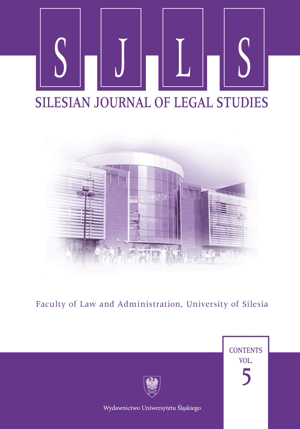

Keywords: European environmental policy; EU Treaties; climate change
At its founding in 1957 the European Union had no environmental dimension, but today it has some of the most progressive environmental policies in the world. Before environmental protection and sustainable development became fundamental objectives in EU treaties, environment policy was mainly developed through the environment action programmes. Today binding environmental regulations are one of the more extensive areas of European legislation. The Lisbon Treaty which entered into force 1st of December 2009 marks the end of the confusion brought about by failure to ratify the Treaty establishing a Constitution for Europe. Articles 191 and 193 of the Treaty deal specifically with the Environment and Climate Change and they deserve some consideration by anyone concerned with these issues
More...
Keywords: harmonised European design law; design protection
Product design has basic importance in highly competitive markets. Well designed, aesthetic products are favoured by buyers. Thus design is considered a marketing tool most radically in the USA. It is obvious that companies and authors are interested in effective legal protection against illegal imitation. The International Chamber of Commerce (IIC) estimates that imitations and counterfeit products account for roughly 5-8 per cent of world trade and the direct and indirect damage could be as much as 60-100 billion US dollars per year. A sad consequence is also the 70.000 jobs that are lost each year. By the end of the 19.th century countries recognized that design protection on a national level is incapable of stopping illegal activity. For this reason international agreements such as the Paris Convention in 1909 were signed. The need for harmonizing design law in Europe appeared in the 60’s. The European Court also faced the problem of market distortion caused by intellectual privilege in its practice. The European institutions issued the Design Directive in 1998 (98/71/EC) to harmonize the most substantial elements of national design laws throughout Europe after long theoretical debates. The task is current as the Commission may carry out an analysis within 3 years of the implementation deadline (28.10.2001.) and that expires this year. The Commission has already issued a proposal for an amendment on the Directive in September 2004 concerning spare parts. I aim to give an outline of the main characteristics of the harmonization directive in my essay focusing on the definitions compared with the notions of former national design laws. I will also refer to the questions of copyright protection for designs since the relationship between the two forms of protection is regulated by the directive. However I will not examine in this article the Community Design Law (Regulation No 6/2002) what is based on the notions of the Directive but contains detailed ruling on the transfer of rights, procedure etc.
More...Keywords: maintenance obligation; conflict of jurisdictions; Regulation (EC) no. 4/2009; Hague Protocol of 23 November 2007; the applicable law to the mantainance obligation between parents and their children
As stated, maintaining and developing an area of freedom, security and justice by the European Union, within which it is ensured the free movement of persons, requires the adoption of, among others, the measures relating to judicial cooperation in civil matters which have cross-border implications. These measures are designed to promote the compatibility of the rules applicable in the Member States concerning the conflict of laws and of jurisdiction. Based on the mobility of persons within the European Union, from the desire to protect both debtors of the maintenance, most often children, and the interest to favor a proper administration of justice within the European Union, there were adopted a number of community instruments relating to maintenance, which has provisions on conflicts of jurisdiction, conflict of laws, recognition and enforceability, enforcement of judgments, judicial assistance and cooperation between central authorities. In the first part of the study we analyzed the rules of jurisdiction according to which it is established the jurisdiction of the court hearing a claim for maintenance, when maintenance obligations arise from a family relationship, parentage, marriage or affinity. In the second part of the study, we limited the analysis to the choice of law applicable on in the case of the obligation between parents and their children.
More...Keywords: mediation; European Union; legislation; alternative
The aim of this article is to synthesize the importance of mediation as one of the most used methods regarding the alternative solutions to courts of law. The approach is qualitative and is focused on the increasing trend of mediation in Europe, an evolution of the related European policies and the medium and long-term perspectives of mediation.. For this purpose we used the case study regarding countries such as Italy and Romania, countries that have introduced mandatory mediation before opening a judicial process. The study is important for those involved in the justice act (attorneys, lawyers, magistrates) and the novelty of the study dwells in the analysis of mediation in the various European government systems.
More...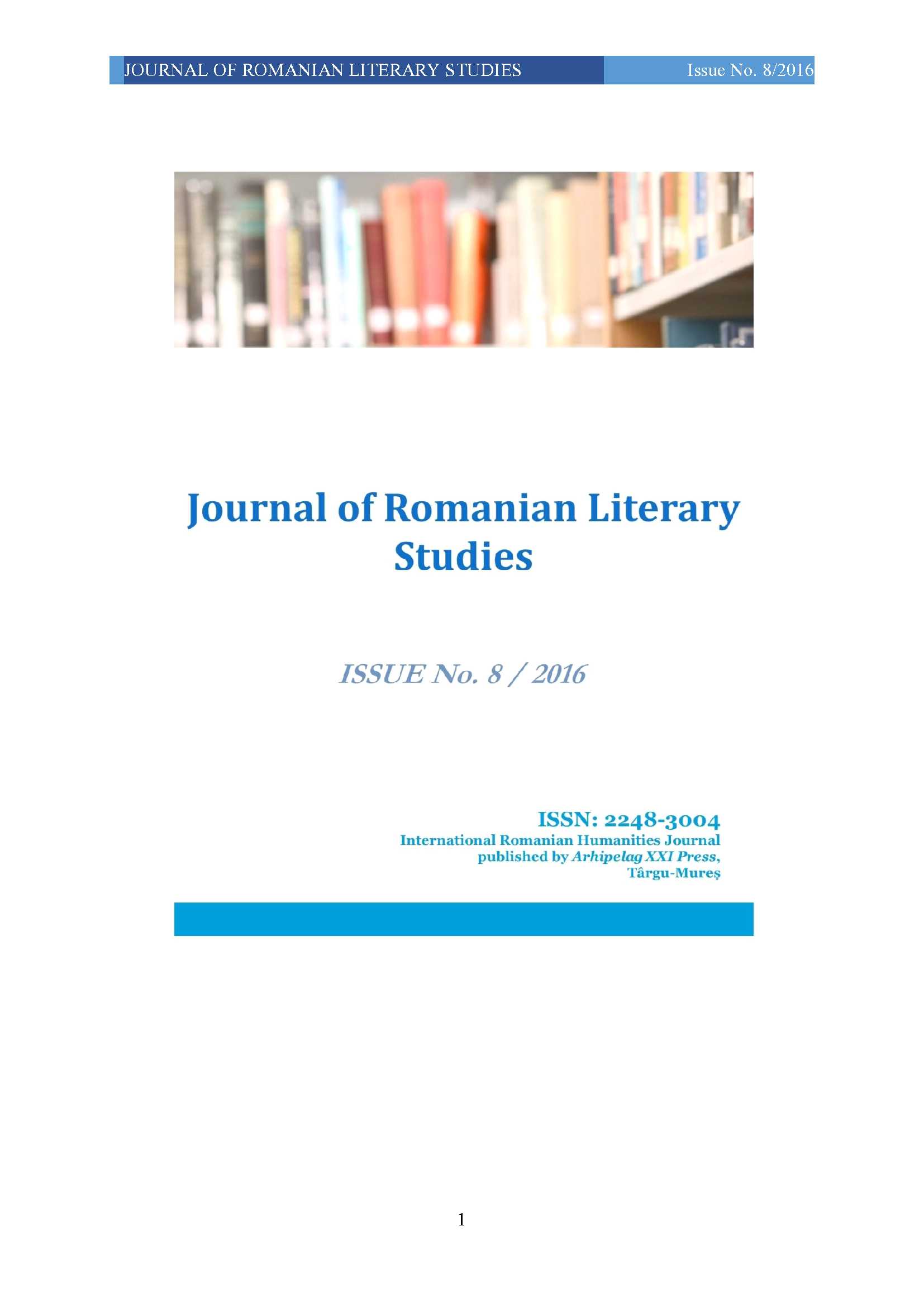
Keywords: law; metaphor; pyramid; collective novel; rhapsody
Legal language is designed to be a mono-referential and mono-semantic language by definition. Granting privilege to discourse clarity, utilising the metaphor in law can come across as an astonishing procedure. Keeping all of this in mind, the study of law frequently commandeers metaphorical constructs as legal metaphors, through the medium of evocative imagery, thus being able to bring forth and clarify an entire conceptual apparatus which would otherwise remain abstract. Within this paper, we have endeavoured to analyse several metaphors which have dominated pages upon pages throughout history: the metaphor of law, the metaphor of the pyramid, the metaphor of the judge creating the collective novel, the metaphor of the rhapsody, and the metaphor of the judge who is the voice of the law.
More...
Keywords: European Union; European Law; Democracy; Elections; Human Rights
On the basis of the Treaty of Nice, the European Union institution shave obtained a crucial right to inspection rule of law in its Member States, encompassing the areas of law being within their exclusive competence.The main aim of the study is to analyze the legitimacy of this extensive intrusion European Union in particular from the point of view of the objectivesof this organization. The author indicates that the area in which the European Union has a real interest are the elections to the nationalauthorities that participate in the European Union legislative procedure. Election of this authorities in undemocratic procedure weakens – already under mined – legitimacy of the European Union. The author postulates the reby limiting the scope of this control.
More...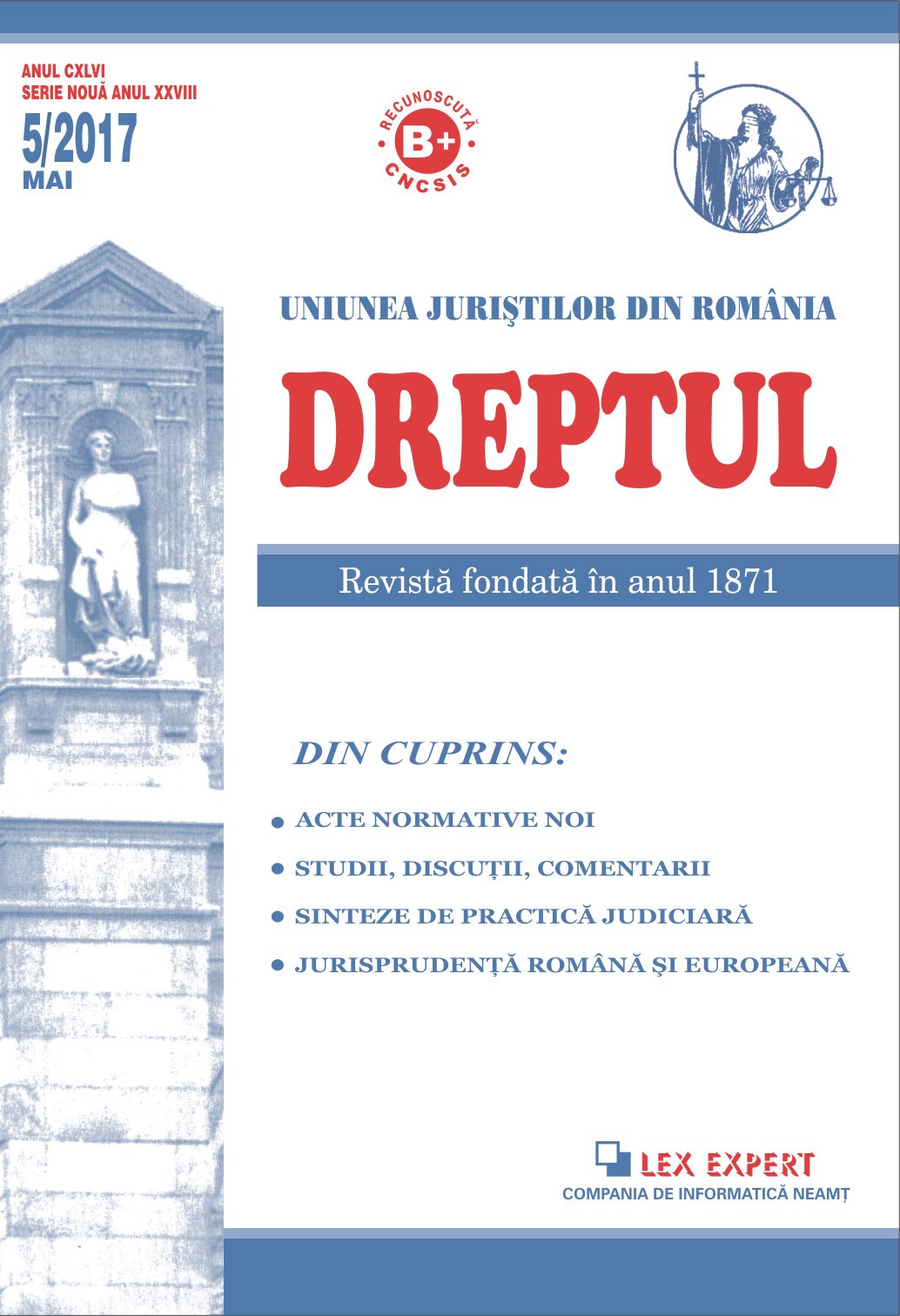
Keywords: application of the foreign law; lex causae; lex fori; fraud to the law; contractual reception; conflictual rule; element of extraneity.
In this study we intend to discuss and to find a solution for the multiple aspects specific to the removal of application of the foreign law in the national law, but also to trace the influences of the European law on the domestic law. We will analyze in detail the independence of application of the foreign law from the condition of reciprocity, invoking the foreign law before the authorities of the forum, but also aspects concerning the contractual incorporation of the foreign law. We will define the notion of application of the foreign law and, likewise, we will subject to investigation the modalities in which this application occurs. In order to elaborate this study we will consider the relevant domestic law, the provisions of the international conventions concerning the application of the foreign law, the provisions in the matter of the European law, the legislation and the case law from different States, and we will raise for discussion the decision of the Constitutional Court of Romania No 294/2016 relating to the rejection of the plea of unconstitutionality of the provisions of Article 1.096 (1) c) of the Civil Procedure Code, which gives us a practical view on the subject-matter discussed.
More...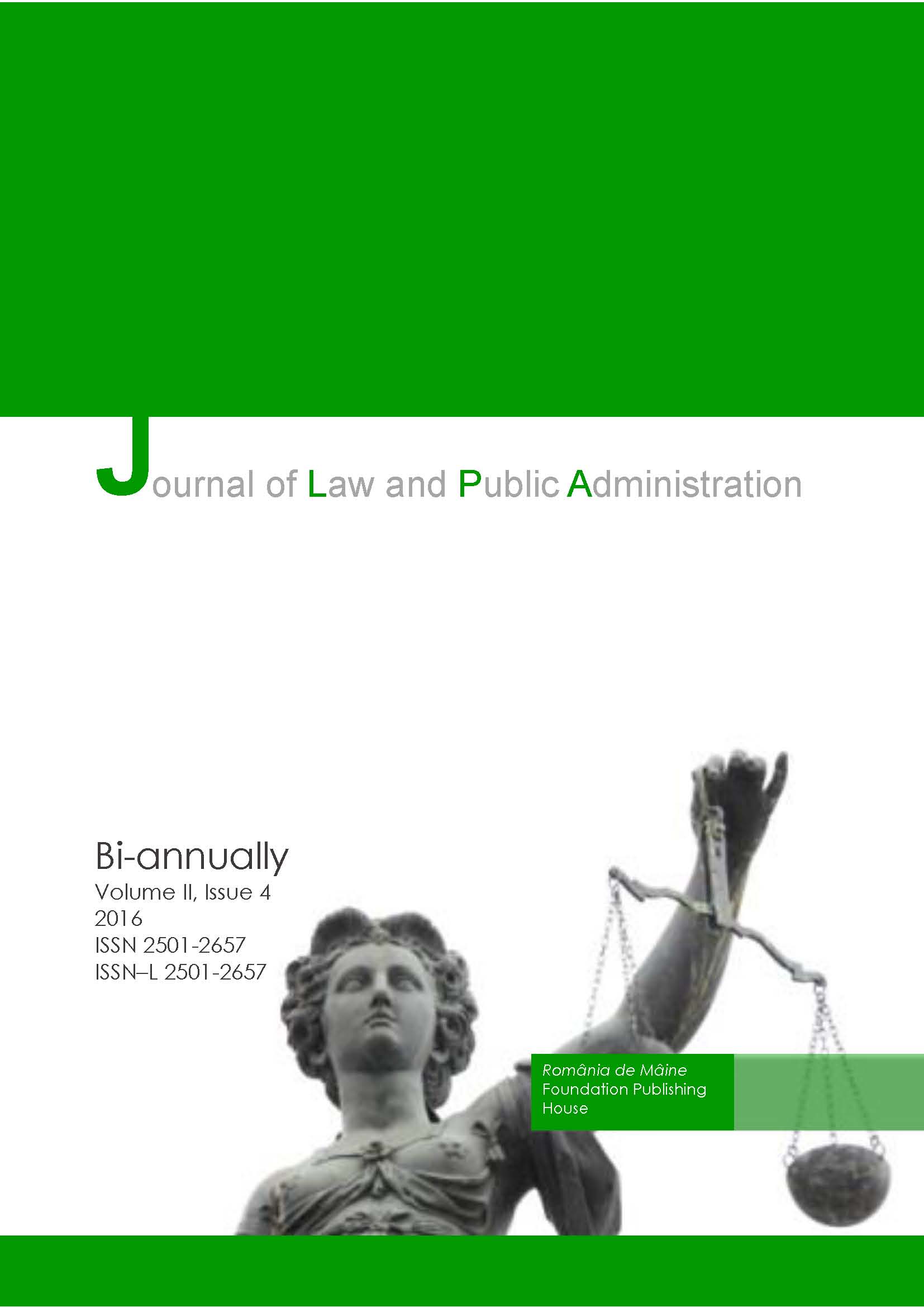
Keywords: law; justice; state; natural law; individual.
The need of rules was felt beginning with the ancient times since the formation of the first forms of human organization that were based on commands expressed through the implementation of common needs. Historical transformations related to the emergence of social classes, led to the formation of the state, a guarantor of rules imposed on individuals through laws. Society, i.e. the sum of individuals, is the recipient of laws, also being the crucible in which the rules come into being which govern all the legally created relationships. The Law is the guarantor of freedom, it is the one who, by its controlling position gives a direction to the entire community, namely imposing the achievement of the common good of all people. In order to achieve this goal, each individual must cooperate with the others, but he also has to fight and to defend the rights and interests when they are threatened. The State will act in his defense as a source of Law and guarantor of its application. Closely related to the concept of Justice, who is older than the Law, Justice is the state in which each individual understands that everyone will get what he or she deserves, or be punished for each of his or her deeds. In this respect, justice can be identified with absolute Good, and forms both the content of the laws, which people want closer to the archetype of the Divine Law. Even if, at a certain moment, a rule may seem unfair, it must not be assessed in its individuality but in connection with all other legal requirements, the foundation of the legal system to which it belongs being assessed together with its correlation with the idea of Justice. If a law is fundamentally unfair and does not correlate with this idea, the only solution is resistance to this law, or, in unfortunate circumstances, resistance to an entire system, leading even to insurrection.
More...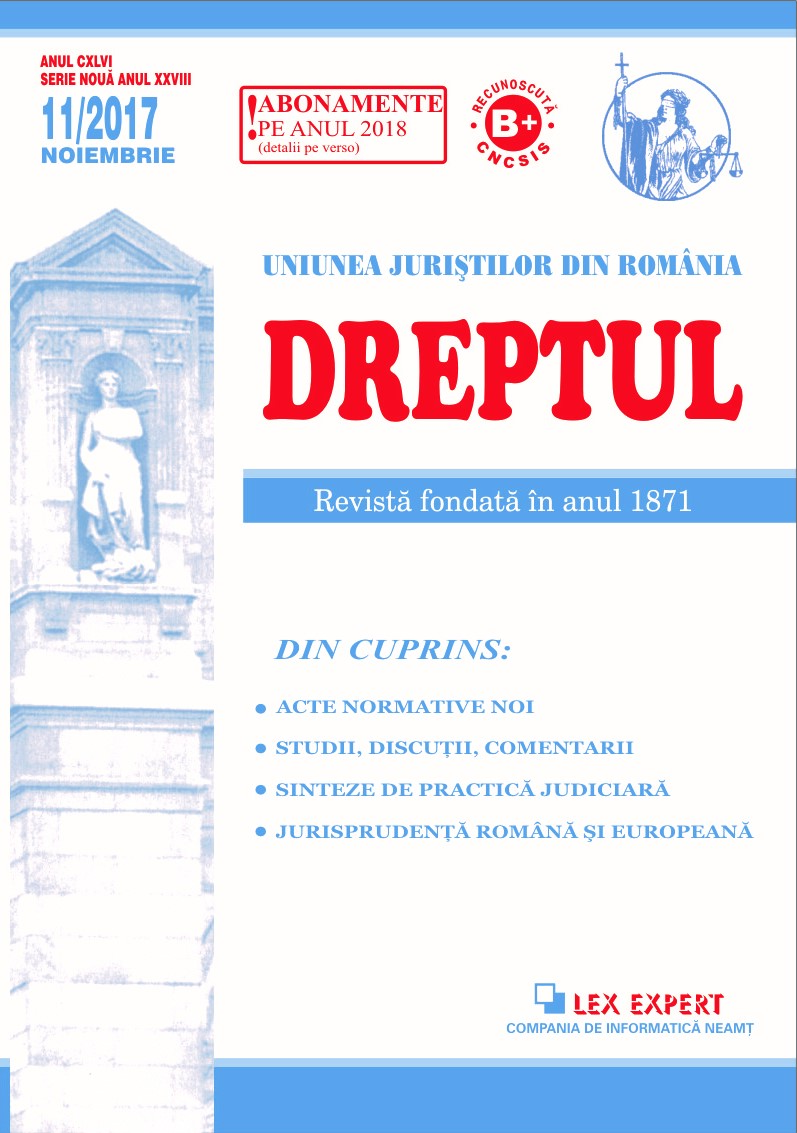
Keywords: foundations; European Union law; the treaties establishing the European Communities; the Treaty on European Union;
The foundations of European Union law lie in the reasons that European decision-makers have identified, after the two World Wars, firstly, for the establishment of the European Coal and Steel Community and then of the European Economic Community and the European Atomic Energy Community. These reasons, however, find their origins in the events that essentially marked the first half of the 20th century, identifying themselves, among other things, through the developments recorded by the international society, namely the international law, in general, evolutions which the European society, and, implicitly, the European Union law, would not have been possible to avoid.
More...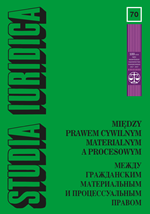
Keywords: Ukrainian law; tort law; approximation; principles; European tort law; damage; causation; fault
Ukraine has chosen its way of development towards Europe, European values and respect for human dignity and human rights. The signing of the Association Agreementin 2014 obliged Ukraine to harmonize its legislation in priority spheres of life with the legislation of the European Union. But legislative approximation should touch not only upon the fields of public law, but private law too and, in particular, tort law. The main problem of tort law approximation is that there are no joint tort rules in the EU. All attempts to harmonize tort law stopped at the creation of acts of “soft law” – general non-binding rules and principles. One of the most significant examples is the PETL – the Principles of European Tort Law. The PETL show a modern understanding of torts, spell out the conditions of tort liability, as well as other relevant requirements. Ukrainian rules of tort law do provide protection of a victim’s violated rights, however some recommendations of the PETL, such as provisions governing the conditions of tort liability, the understanding of causation and fault should be taken into account when Ukrainian tort law is modernised.
More...
Keywords: EU law; member state law; national company law; spillover effect;
The aim of the article is the presentation of the phenomena referred to as spillover effect of European Union law on Member State law. The starting point will be the presentation of the institution of Pro-European interpretation of national company law. Subsequently, there will be presented the causes of the spillover effect of European Union law. Both issues will be discussed with the reference to the European Court of Justice rulings concerning commercial law as well as to examples from Polish commercial law, to which Pro-European interpretation applies and where spillover effect occurred. The final part of the presentation will focus on guidelines concerning Pro-European interpretation and handling spillover effect.
More...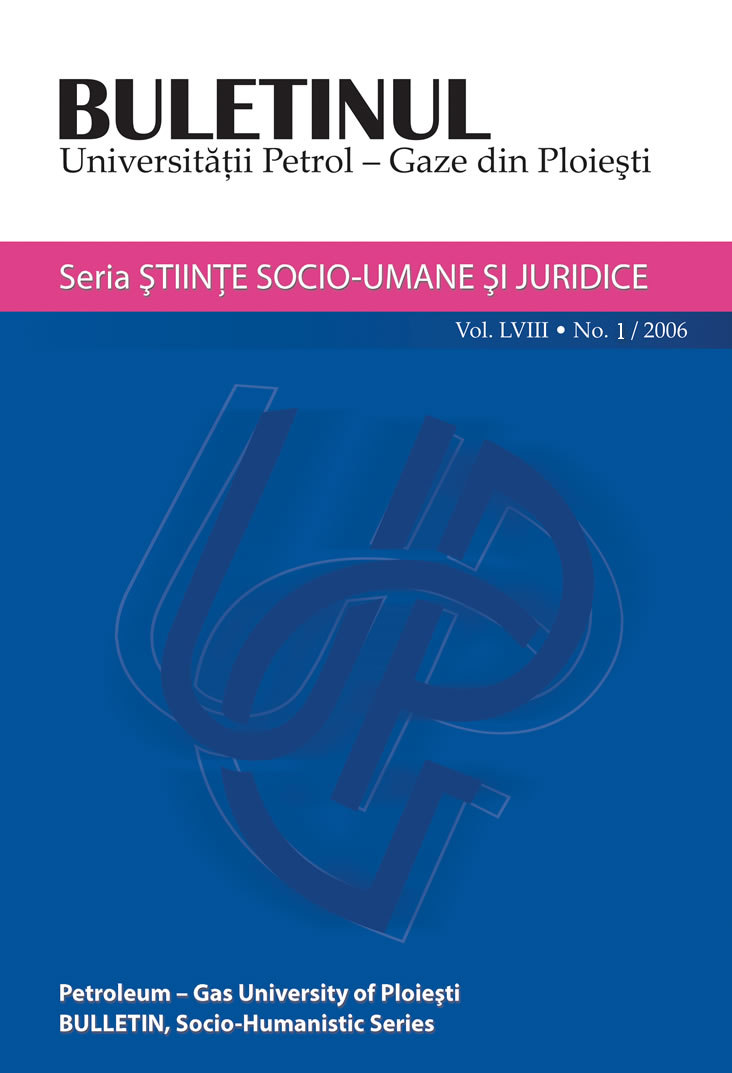
Keywords: law; Romanian history; administrative law;
The Chamber Law from April 1864 is one of those laws that reformed the Romanian society after Moldavia and The Romanian Country unified in the year 1859 under the reign of Alexandru Ioan Cuza.This law introduces administrative unities, specific terms and incumbencies such as: commune, village,hamlet, mayor, town hall, terms that are still used nowadays.The law is characterized by efficiency, pragmatism, flexibility and realism. It contributes to theadministrative modernization of the local Romanians by aligning it to the democratic principles of the time. In this law, the influence of the French law is evident. This law is followed immediately by the Council Department law.
More...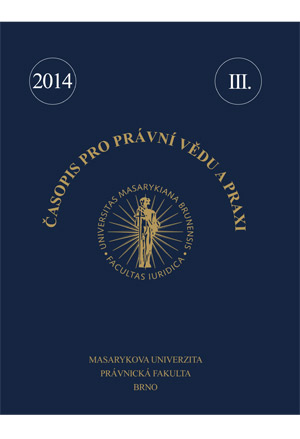
Keywords: administrative law; Europe; europeanization; term analysis;
The paper discusses about the relatively new phenomenon, called „European Administrative Law“. At first points out that in its content means the polysem. Therefore, in the article is attention devoted into different meanings of this term. All of them are detailed described. Of these different meaning prevails, sometimes simplistic, identification of the European Administrative Law as an Administrative Law of the European Union itself. Therefore is in the article namely described the phenomenon of Administrative Law of the European Union, as well as are also mentioned new issues of this field. At the same time the contribution paid attention to related term called „Europeanisation“, which is an input into the issues examined. But this issue is described from the wiev of the Administrative Law, not from the scope of the legal order itself. At the end the post tries to answer obvious question, whether, in the case of European Administrative Law goes „now“ at the (new) legal branch, or „still“ on specific scientific (and teaching) discipline. The conclusion and answer is that the European Administrative Law is not legal branch in such extent in which is usually understand, but it is a special way of influence of the European union and the Council of Europe.
More...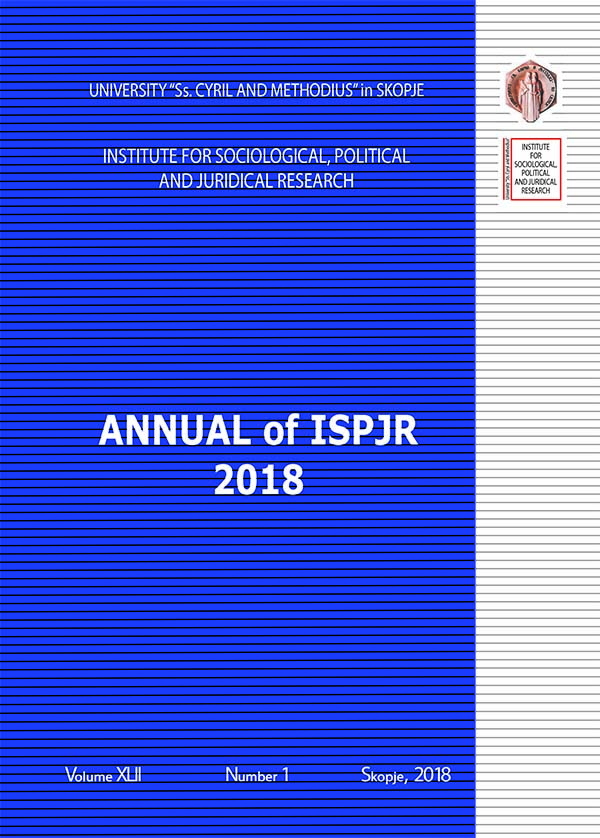
Keywords: law; justice; equity; legislation; court; principle;
The article aims at analyzing the concept of justice and equity as fundamental principles of law in general and the civil law in particular, respectively, the law of obligations. The basic idea of this research is to emphasize the role and importance of justice as a special value principle and equity as corrector of the law and its source material. By referring to the function of equity, as a corrective option, namely, the fulfillment of the law, the article tries to prove that equity is an individual case law, because by enabling the judge to implement in any concrete case a form of free and individual trial based on justice it serves to improve what is legally right. Referring to the provisions of the Law on Obligations of the Republic of Macedonia (2001), which promotes the principle of equity and at the same time flexibility in justice, the article attempts to analyze the cases and conditions under which may be acted according to the principle of the equity, depending on the legislator’s conviction. In an effort to incorporate the dimensions of the principle of justice and equity and to build the frameworks upon which these concepts arise, the research will be extended on the time and spatial plan, bringing theoretical and legislative references from comparative theories and legislation.
More...
Keywords: law; prestige; prestige of law; empirical sociology; sociology of law; empirical research; political transformation;
The prestige of law is one of the most crucial issues addressed in the sociology of law. The awareness of the degree of acceptance of the law by its addressees is a fundamental factor in the introduction of possible changes in the legal system. The notion of “prestige of law” was introduced to empirical sociology by Adam Podgórecki in the research he conducted in Poland in 1964. A new perspective in the study was to go beyond classical socio-demographic variables and put an emphasis on personality variables. It was also one of the first such studies internationally. In the fifty years that have passed since A. Podgórecki’s research, similar studies, even using exactly the same questions, have been repeated many times in both nation-wide and local studies. It should be assumed that the changes taking place in Poland and in the consciousness of its citizens during that time, such as the change of the system, increasing civil rights and freedoms, Poland’s accession to international organizations, etc., might be reflected in the increasing level of the prestige of law. But did it happen? Unfortunately not. The analysis of empirical research devoted to the prestige of law in the following article, especially after the political transformation that took place in 1989, but also nowadays, is an attempt to explain the reasons for its persistently low level.
More...
Keywords: endowments; European Union; European Foundation
Throughout history, endowment, although with the same content, has developed differently in European countries in terms of law. The national legal regulations of the countries in this area define the basic elements, legal status and functioning of legal entities established in the spirit of endowment differently. The idea of the European Union as a market characterized by the free flow of people and capital inevitably led to the emergence of a very complex set of rules that apply to the member states of this union. The inclusion of endowments in the single market and the growing number of those characterized by internationally useful goals often lead to insurmountable problems in the operations of endowments outside national borders due to national legislations of EU countries not being synchronized, regardless of the general aim to create a single space without any barriers to the flow of people, services and capital. This is the starting point used to examine the subject of this paper – the need to regulate and resolve situations in the functioning of endowments and foundations in Europe: by creating special rules at the EU level and equalizing or harmonizing rules relating to these non-profit organizations. The subject of the research was chosen because of the importance of the topic in the process of developing private EU law in the non-profit sector. The aim of this paper is to analyze the legal regulations related to endowments and foundations in the national legislations of the EU member states comparatively in terms of law, but also to analyze the proposals for creating uniform legal rules.
More...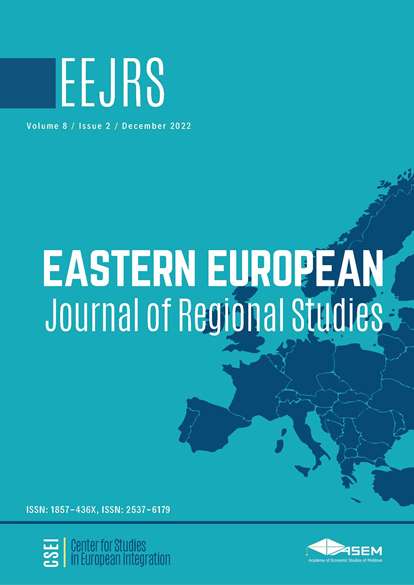
Keywords: law; ancient China; civil law; family law; administrative law; criminal law;
The purpose of this paper is to examine the historical roots of the Chinese legal system who is one of the oldest in the world. China's legal system is largely a civil law system, although found its root in Great Qing Code and various historical system. The analyses of the Chinese law documents led to results that largely confirm that the Chinese have written their own laws since ancient times, a peculiarity which compares them, for the historical and characteristic period, with the Romans. Chinese law is a legal system integrated into a certain philosophical conception, namely Confucianism. The research methods used were: analysis, synthesis, deduction, analogy and comparison. The analysis of the Chinese legal system have allowed to reveal that different branches of law as civil law, family law, administrative law, and criminal law have some peculiarities in ancient Chinese laws that were presented in this article.
More...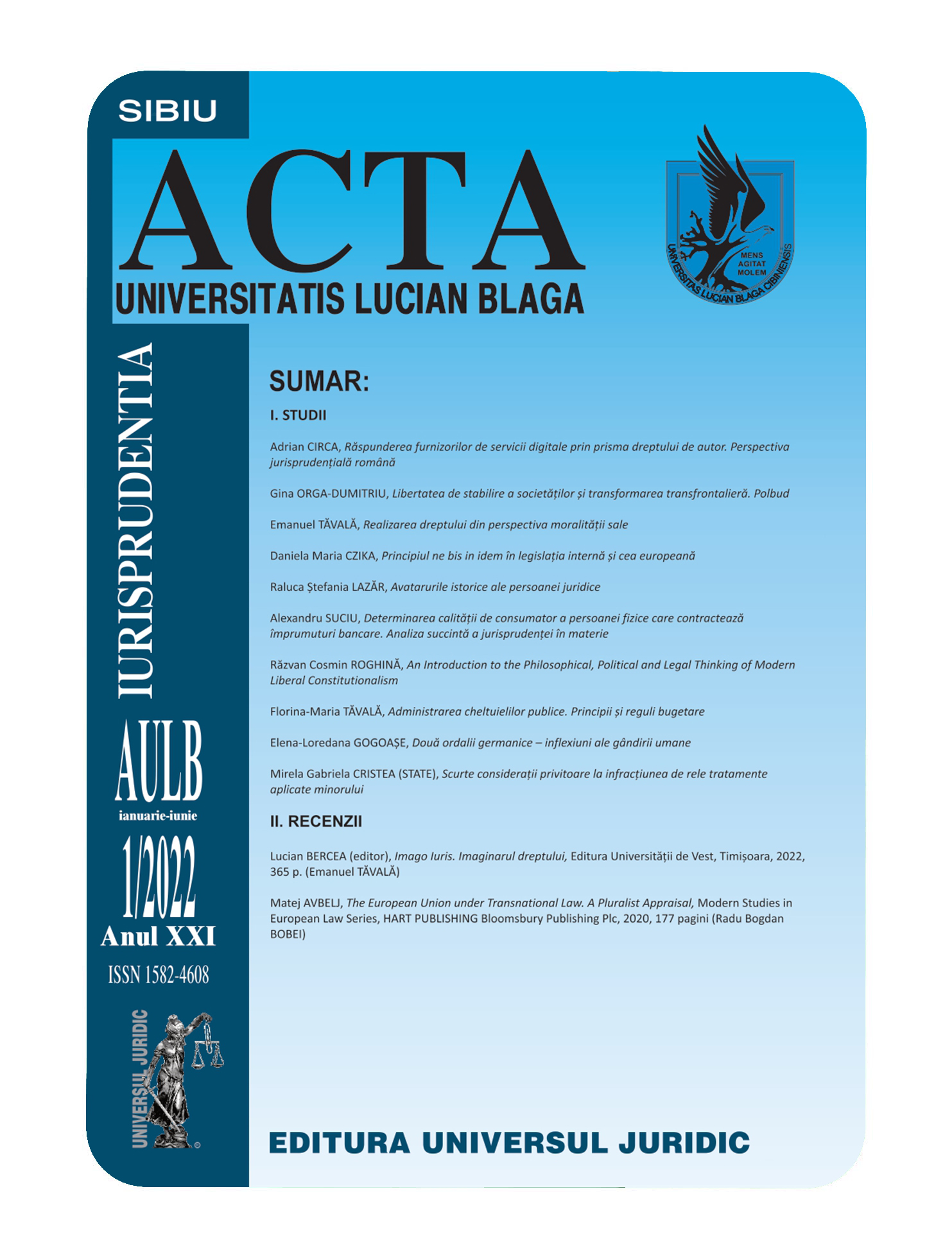
Keywords: review; Matej Avbelj; The European Union; Transnational Law;
Review of: Matej Avbelj, The European Union under Transnational Law. A Pluralist Appraisal, Modern Studies in European Law Series, HART PUBLISHING Bloomsbury Publishing Plc, 2020, 177 pages
More...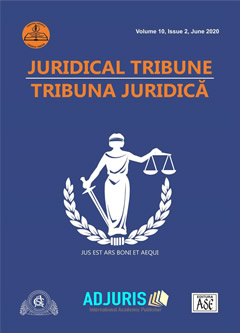
Keywords: law; legal order; peaceful future; case-law; rule of law;
The European Union requires its Member States to fulfil their commitments stemming from the membership in the EU responsibly and to assist in carrying out tasks flowing from the Treaties and to achieve the Union´s objectives in accordance with the principle of sincere cooperation. This scientific thesis points out the responsibility of Member States to fulfil their obligations in bona fide in accordance with principle pacta sunt servanda and it refers to well established case law of the Court of Justice of the EU clarifying the application primacy of EU law over national laws. At the same time it opens the discussion about decisions of constitutional courts related to the primacy of EU law in some EU Member States, in particular in Germany and Poland. This scientific thesis points out the significance of EU law in the process of further deepening of European integration and promoting rule of law values common to the EU Member States.
More...